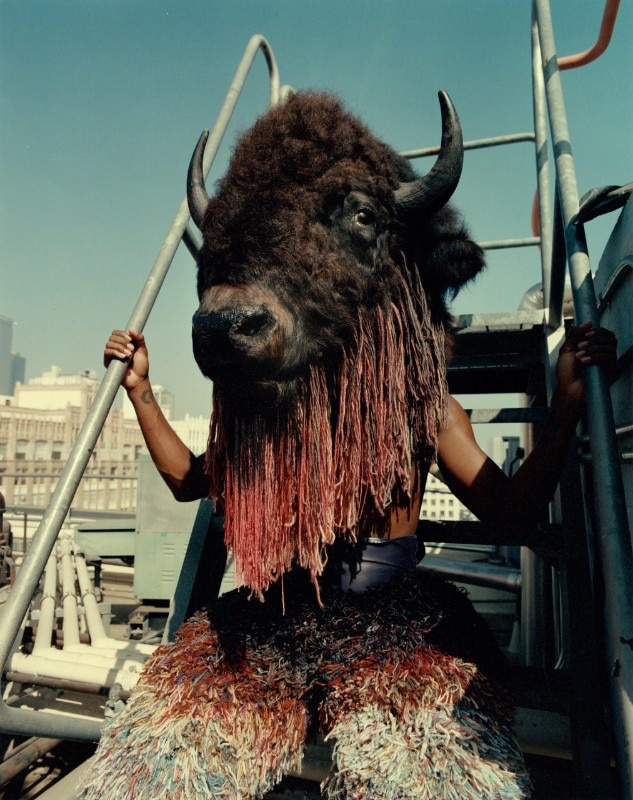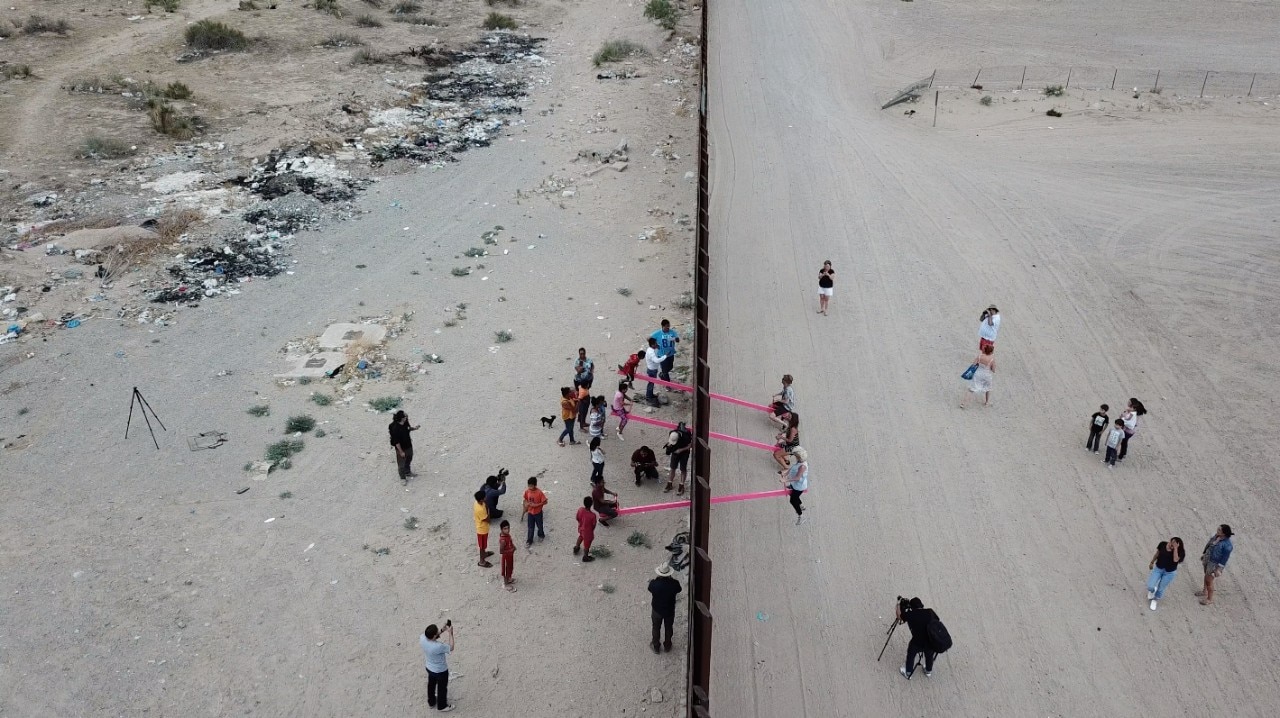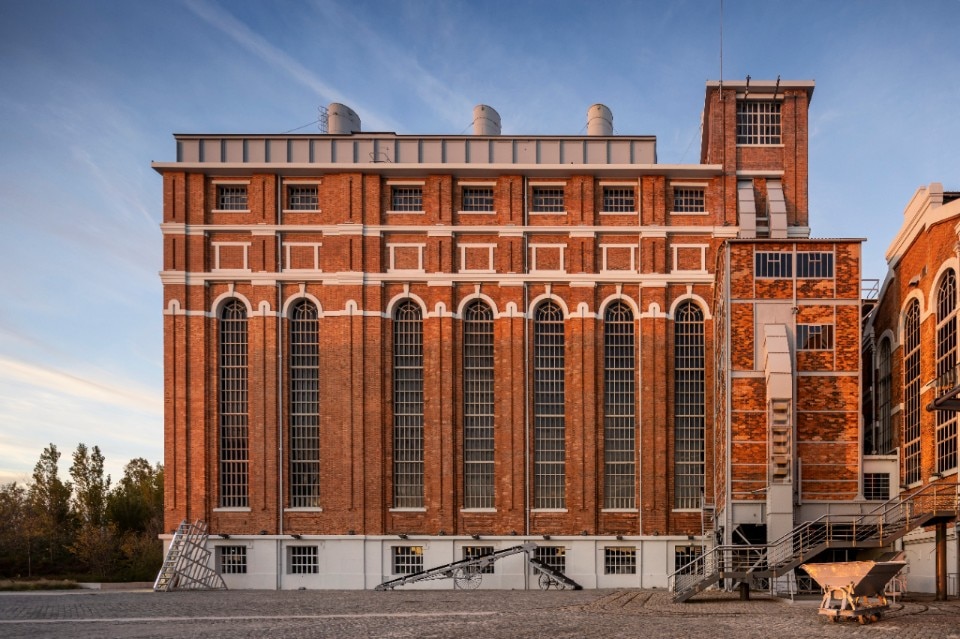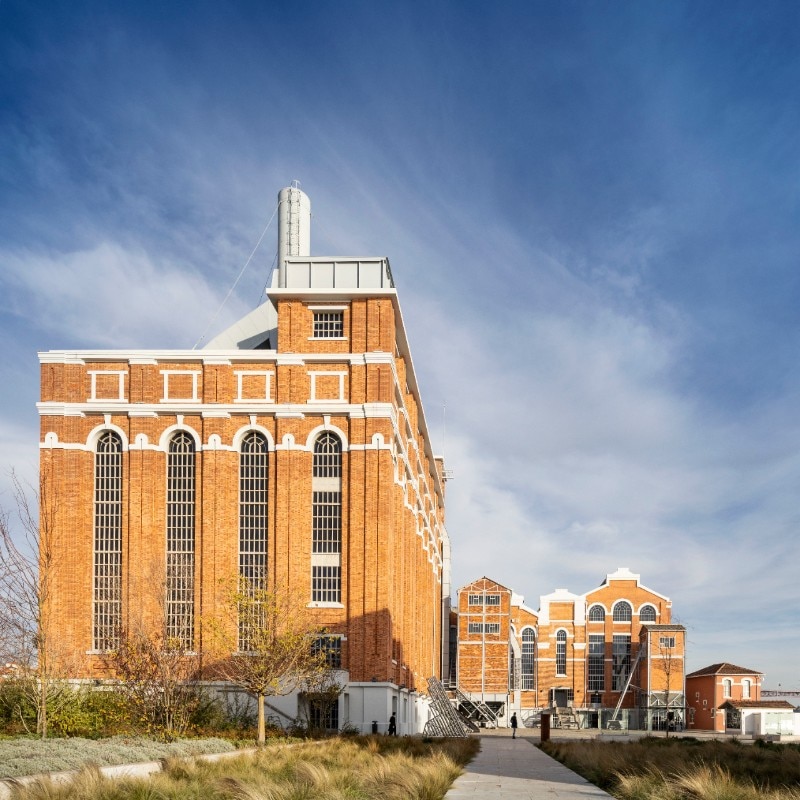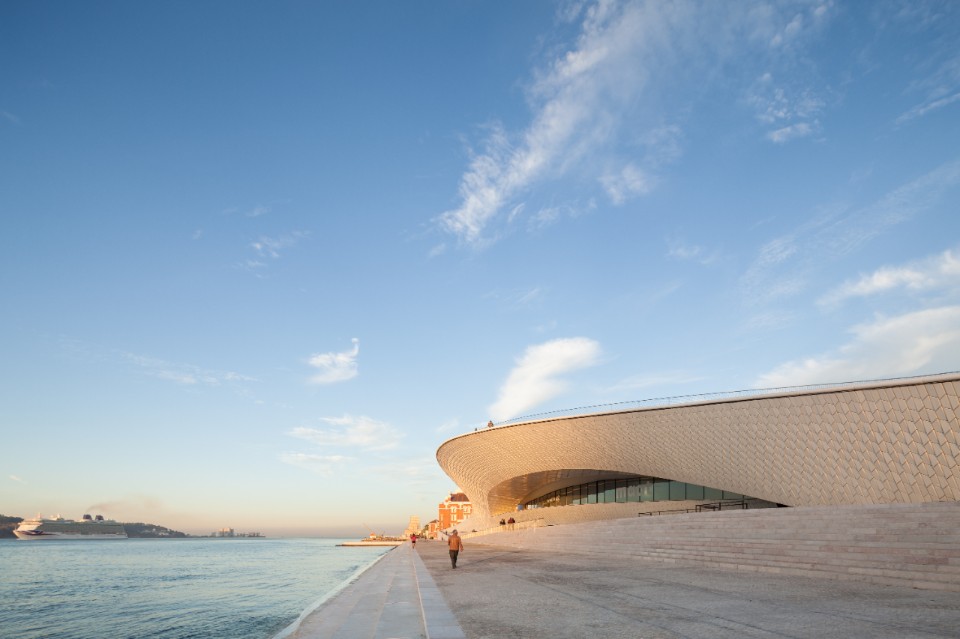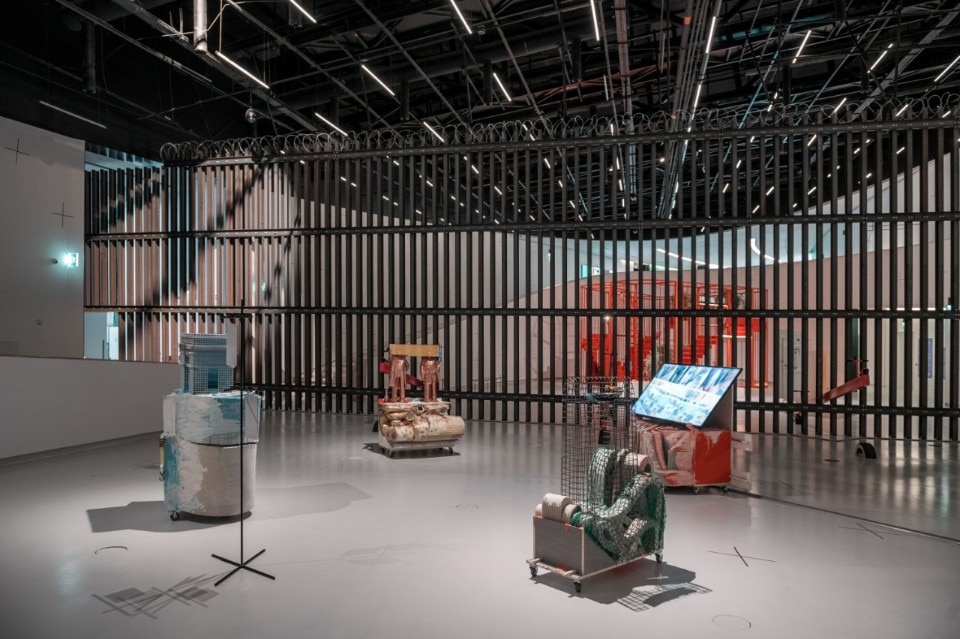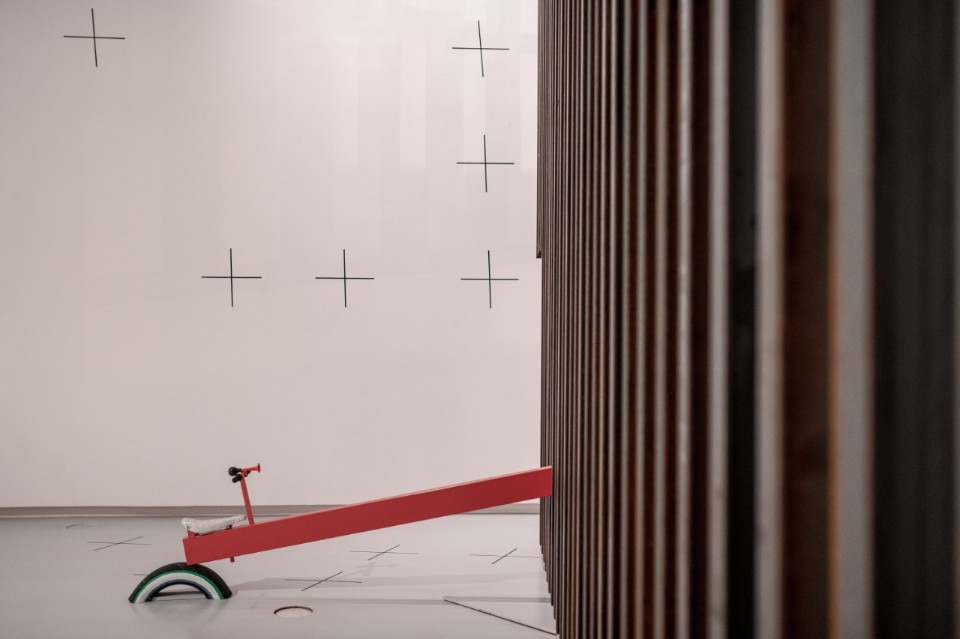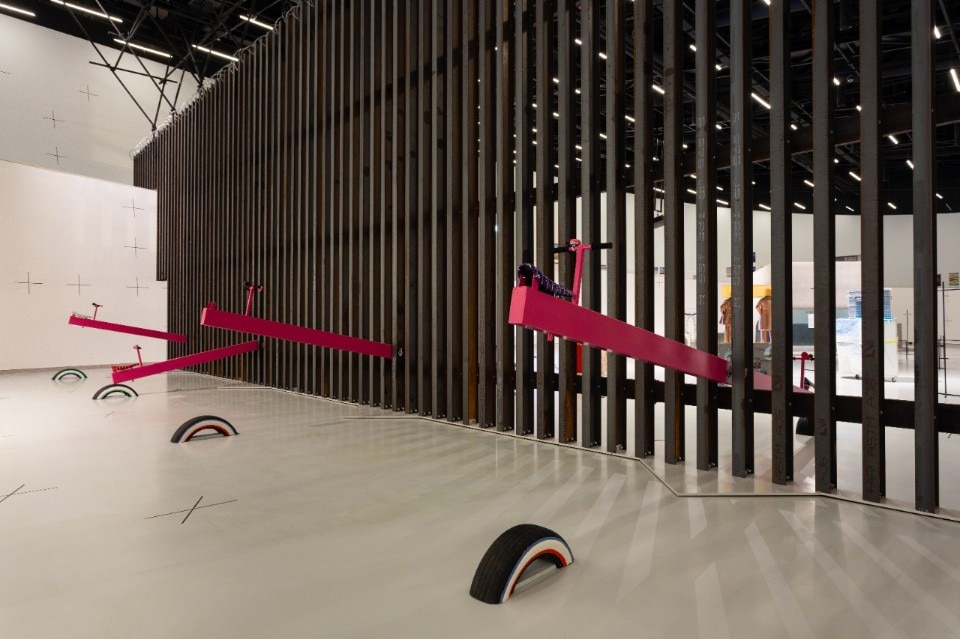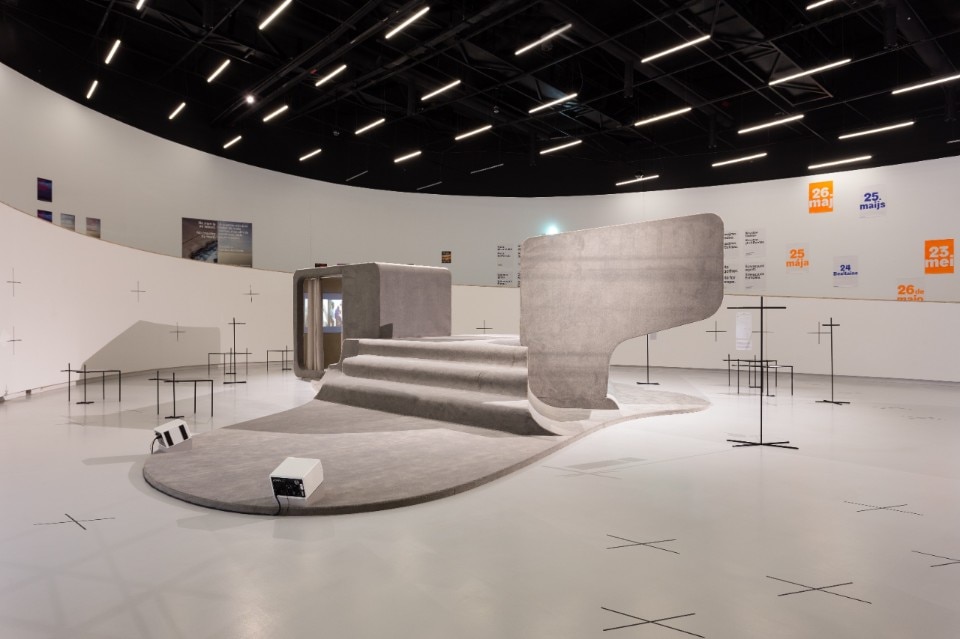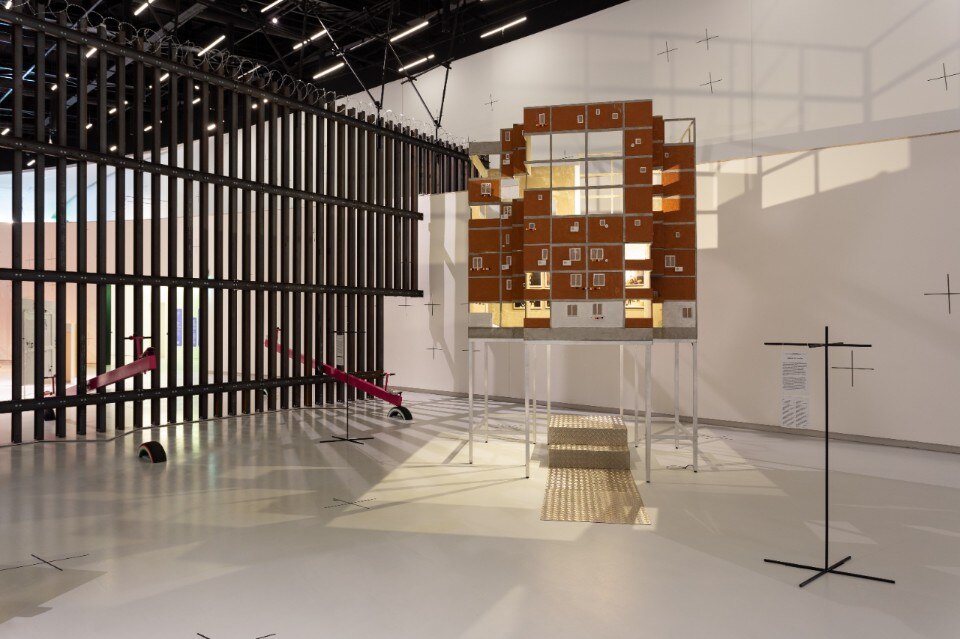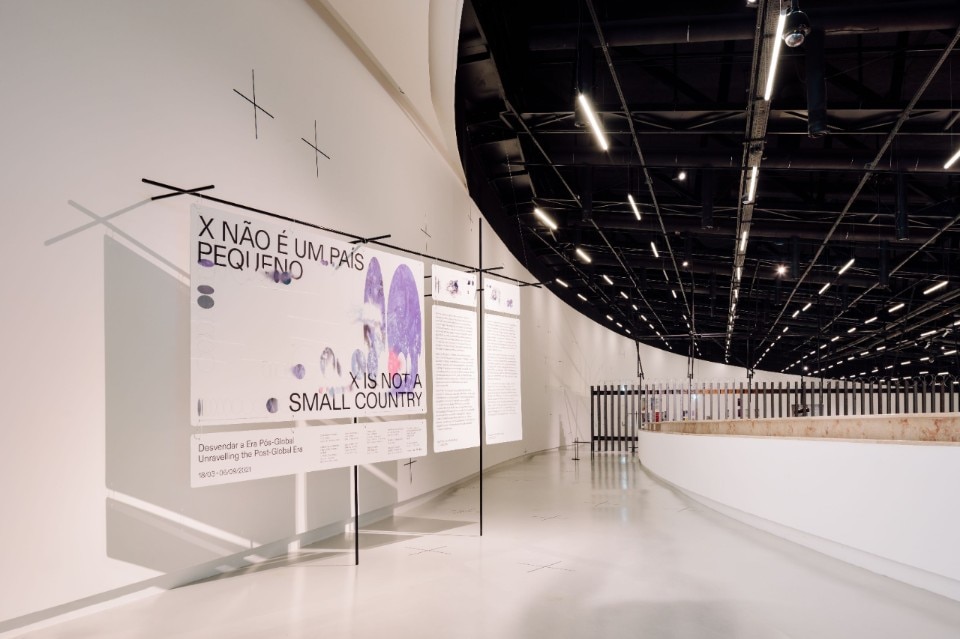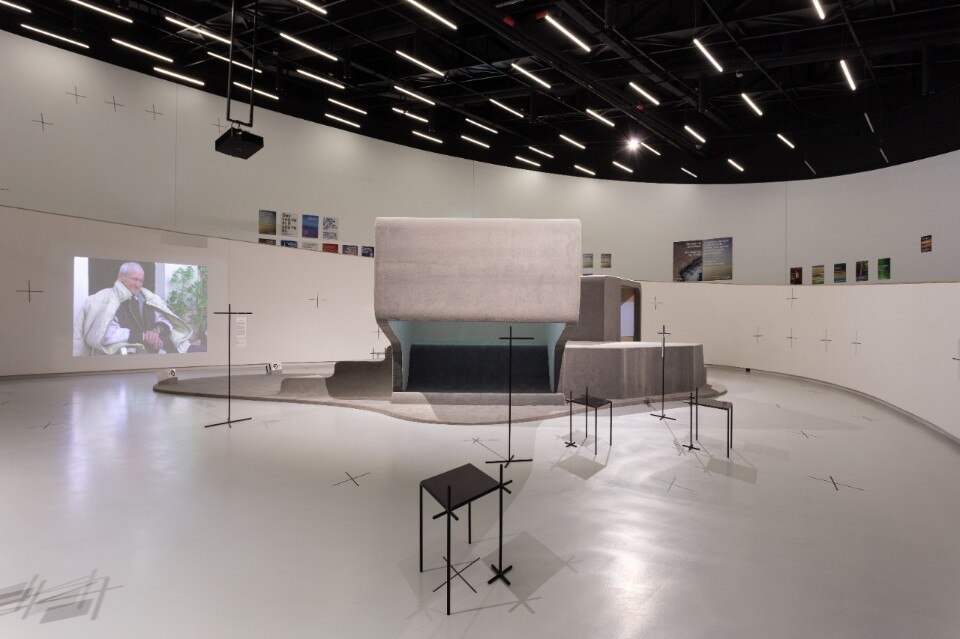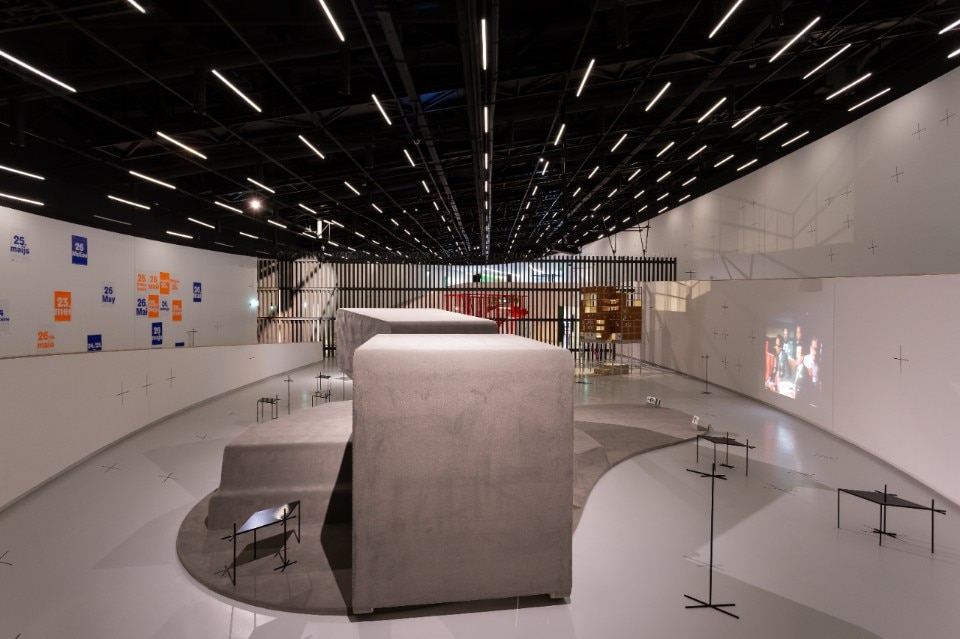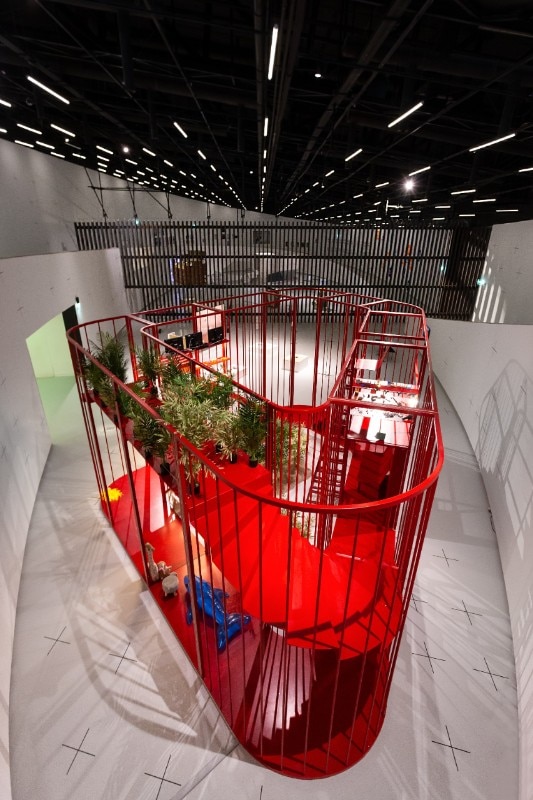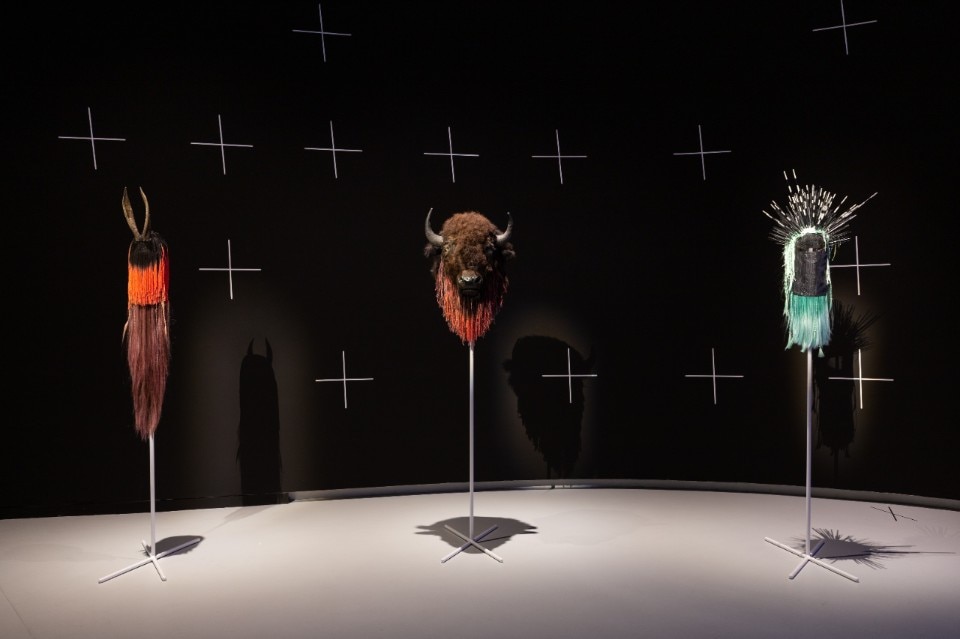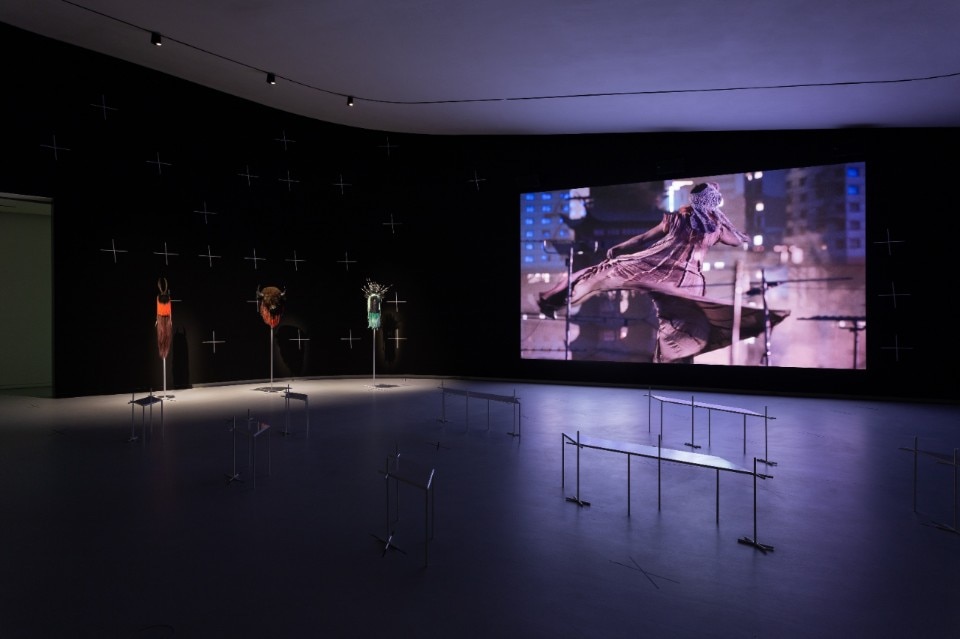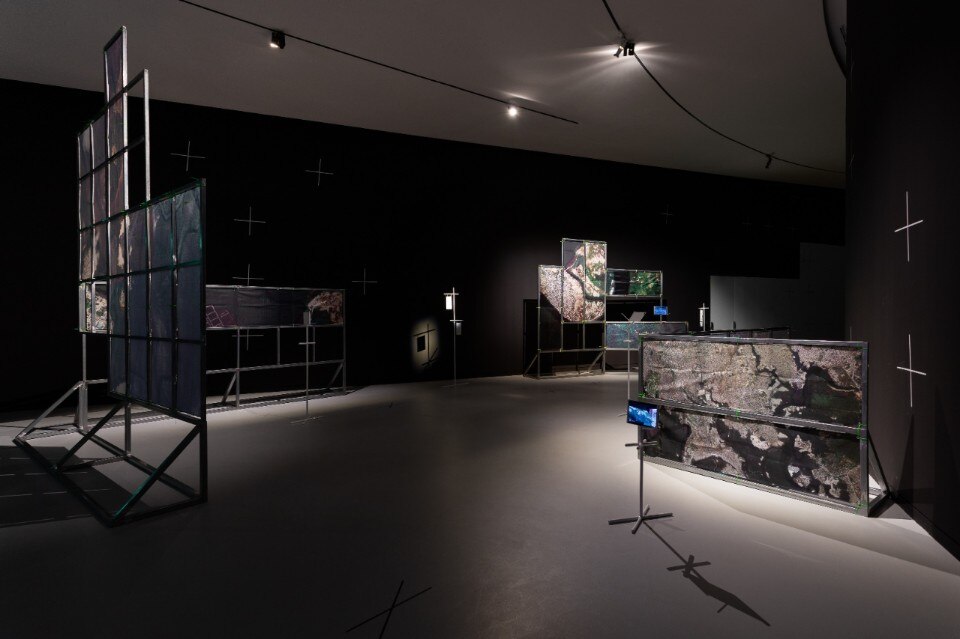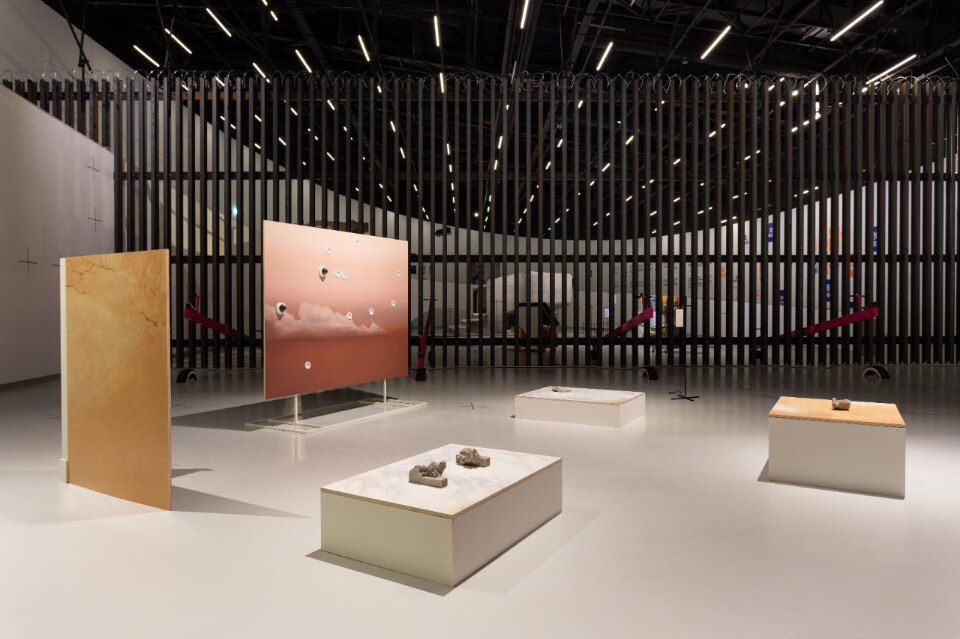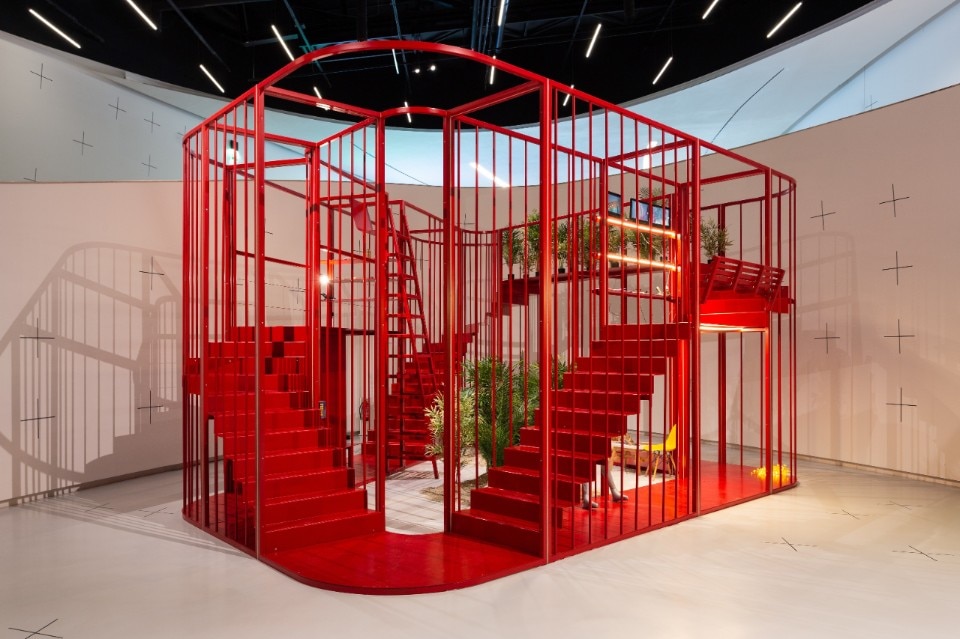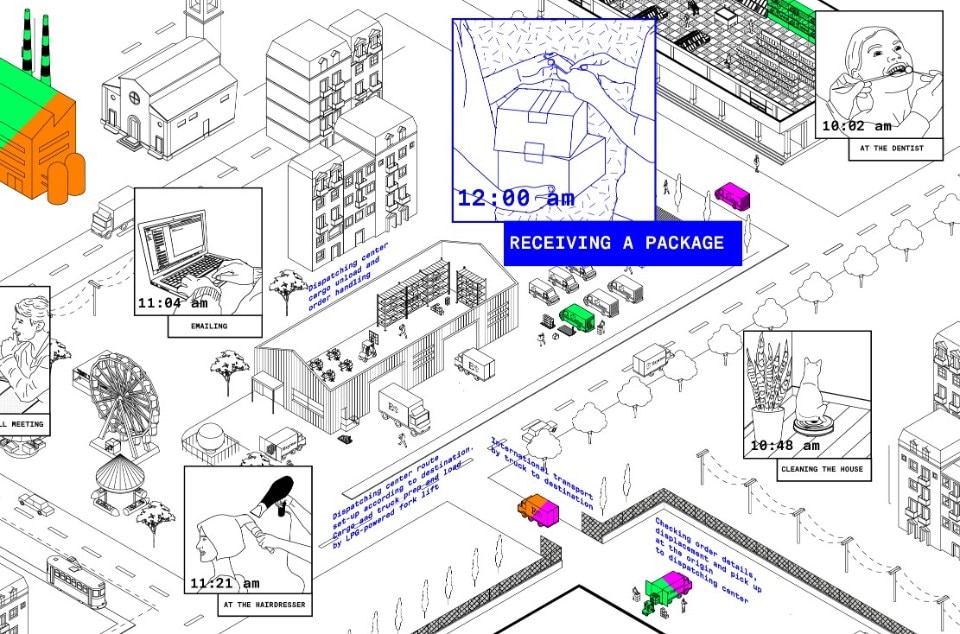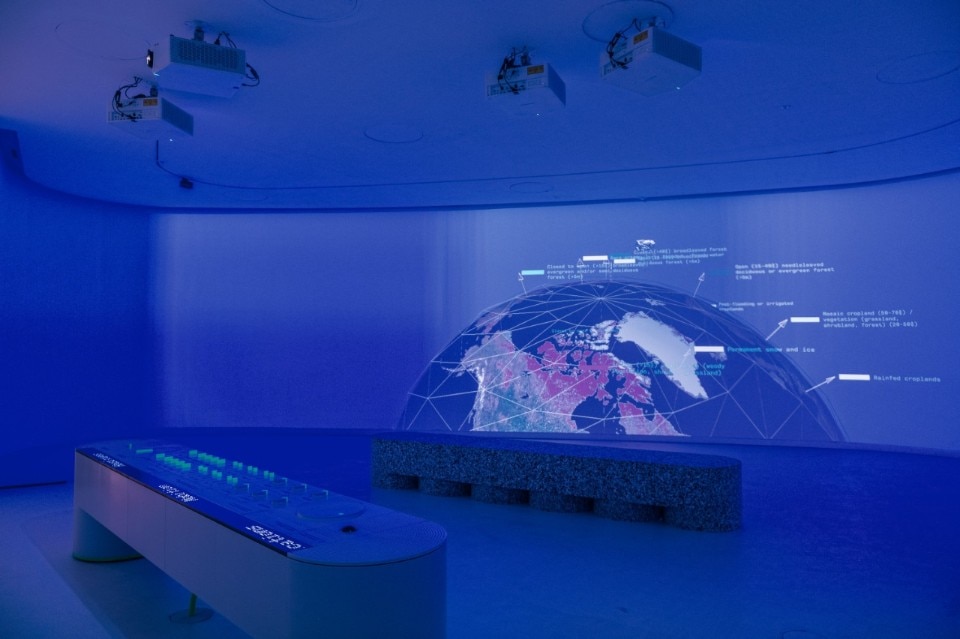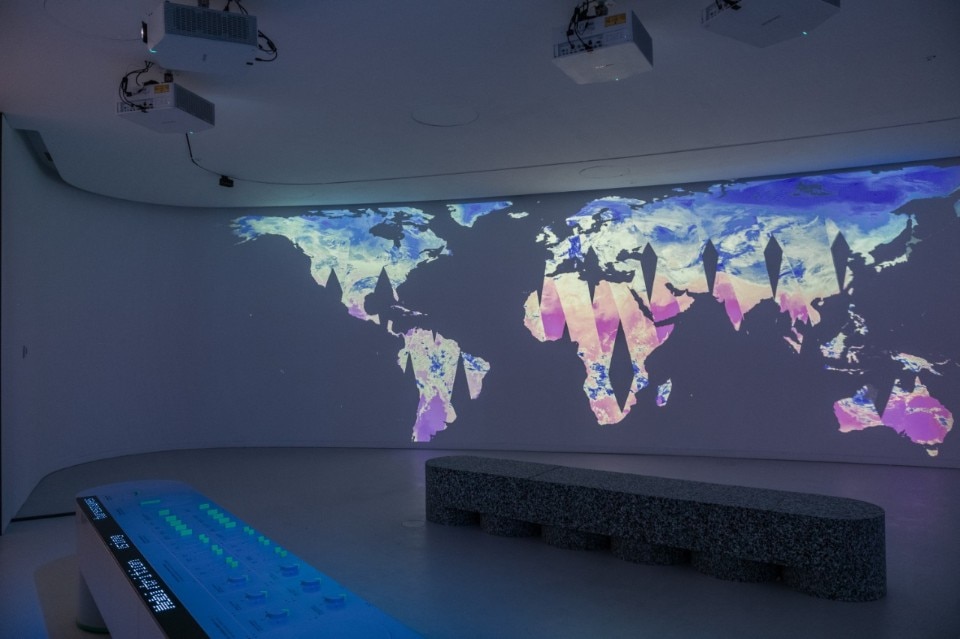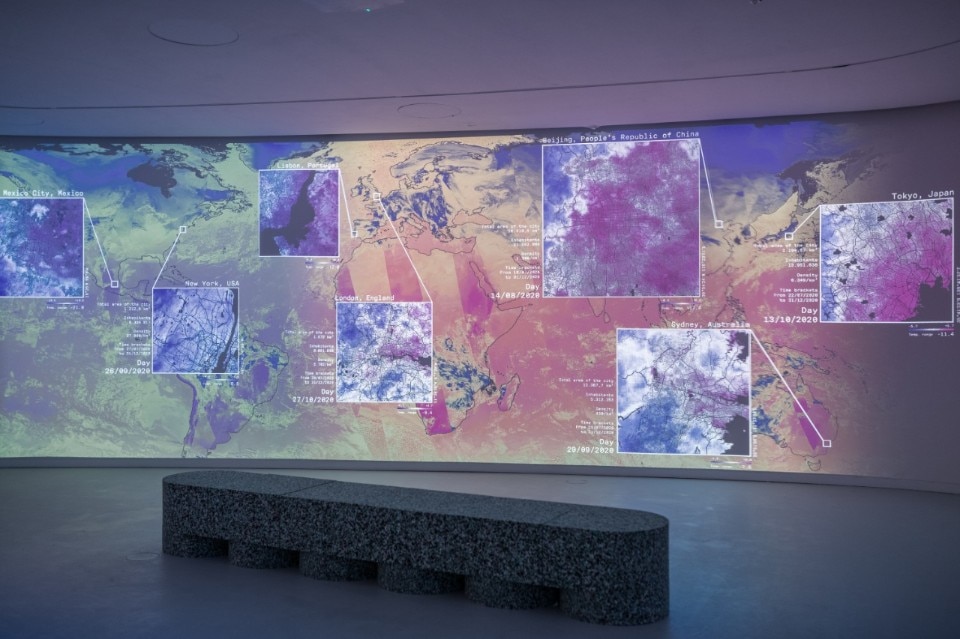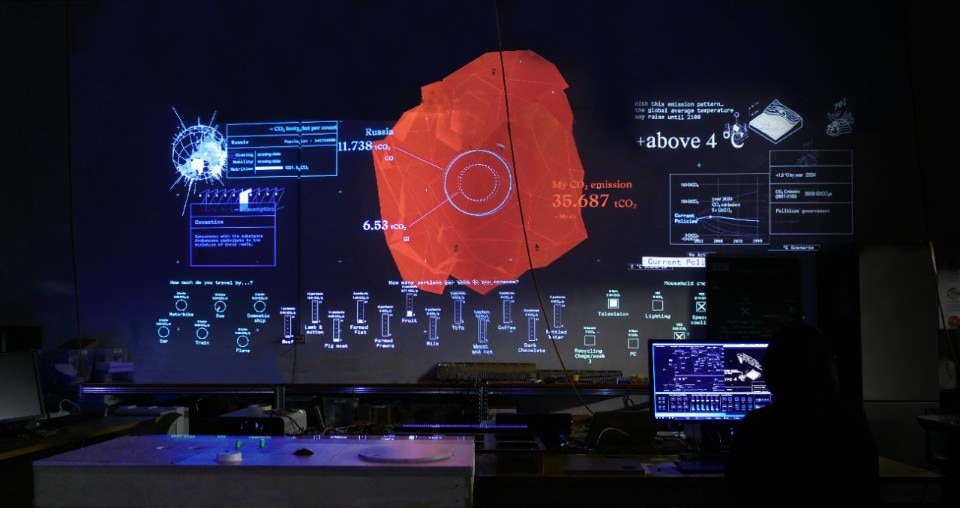The pandemic has slowed down the activity of the Belem’s Museum of Art, Architecture and Technology, but not Beatrice Leanza’s determination who is enthusiastically relaunching her programme, or rather “her full-time activity to question the role of cultural institutions in the society and prototype the future of the Museum”.
Let’s start with your idea of museum. What role and what formats for an institution as important as MAAT?
I think I should start from this perspective which for me constitutes the core of the museum’s vision as an inclusive space. Since the beginning of my mandate, I have looked at the museum as a multifunctional civic space which to discuss burning issues of public life in. The New York collective SO-IL’s installation served as a new access point to the city, a gesture that not only transformed the way visitors experience the museum, but was a signal that opened up the building to new perspectives, challenging even the implicit hierarchies of spaces in a traditional museum to experience it in an opened dimension to the city and the territory.
Thus, came about the idea of the museum as an integrated platform suspended between the physical and virtual dimensions. The museum as a stage for meetings and MAAT Mode, a public participatory and experimental programme of events developed in collaboration with institutions, international and local operators and communities, groups that actively participate in the museum’s programming. A public institution that lives by participating in the construction of a more inclusive future. A virtuous exercise that allows us to speak to new audiences by generating forms of appropriation of public space by curators, collectives and students in the metropolitan area.
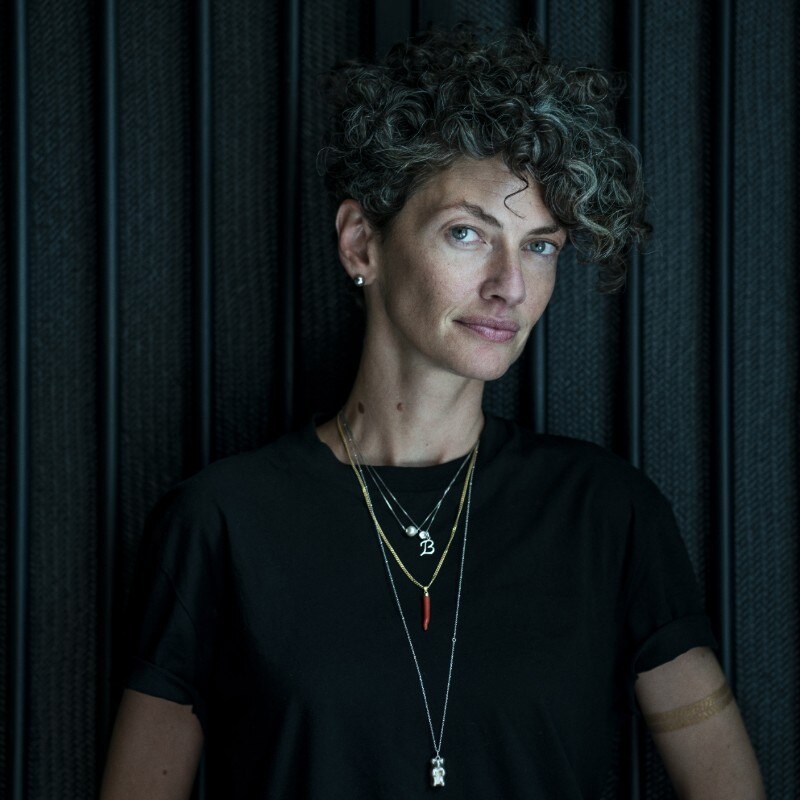
Who are these new audiences?
I look at the public of the museum I direct as a receiver, an actively involved content co-author. Aspiring professionals, schools, institutions that together give rise, build a public debate. This is a fundamental aspect of changing the canonical idea of the museum. From being a store of knowledge, the museum became a machine that produces knowledge and the attention to context is a benefit, an added value. The pandemic obliges us to change models and create alliances with local authorities, activating co-creation processes that go beyond philanthropy.
We need to build a public agency. A new capacity for cultural action. This is how the decision to work on a programme for the use of content at different times was made and thus continues with a daily activity. It is an invitation to conceive the exhibition format as a new opportunity to ask questions. A working method that helps to transmit knowledge and create debate. Co-creation and co-action are the key words. Local schools are essential for this kind of cultural work. The museum is the place for organizing content even for those who do not have a home, a space which to create and act in.
What about programming and new proposals?
Since the beginning of April, we have started again with an articulate proposal of new content. Specifically, we have planned two exhibitions and a multimedia installation. X is Not a Small Country - Unravelling the Post-Global Era, curated by Aric Chen and Martina Muzi, is an exhibition that explores our current post-global condition by observing the processes of de-globalisation and the mutations of the geopolitical dimension at different scales: territories, cities, infrastructures, platforms, bodies and objects - which in many cases have been accelerated and distorted by the global pandemic.
Even though the exhibition was conceived before the pandemic, its principle is to restore possible representations of the present’s issues in a dialectical way with reality. Seven new and two adapted projects show how art, architecture and design are disciplines and languages capable of proving the collapse of global reference systems. Monads, universes that offer the viewer new ways of looking at geopolitical issues and post-pandemic scenarios.
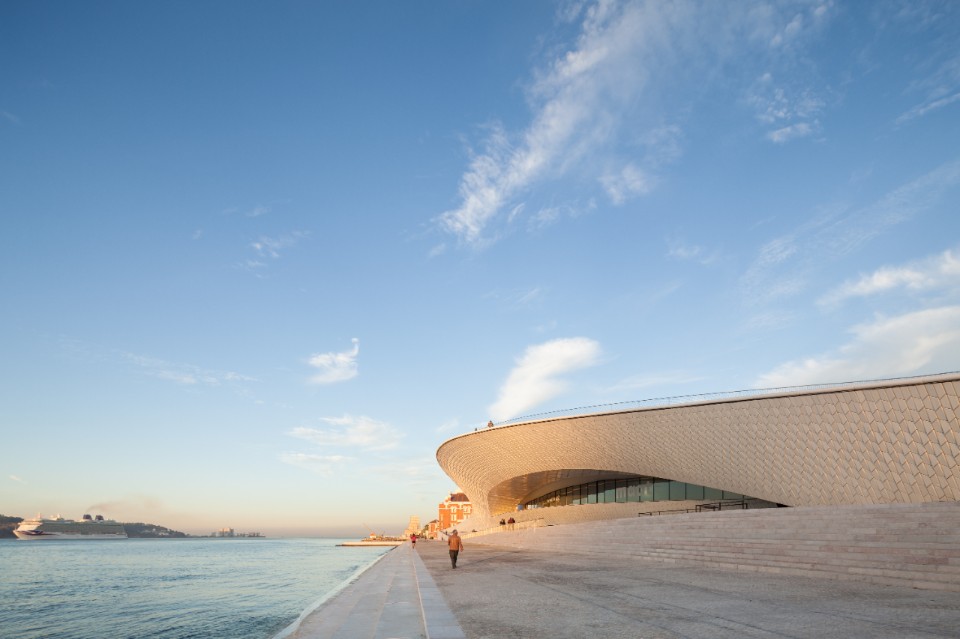
...these types of constructs that divide culture from nature are no longer convincing in the new climate regime, also modified by the pandemic, which appeals to new narratives that go beyond the hierarchies built around humanity...
On the other hand, Aquaria - Or the Illusion of a Boxed Sea, curated by Angela Rui reflects on the possibilities and new questions that arise when we rethink our relationship with the underwater world. Aquariums are devices that organise and represent marine life. They are complex systems that, in the paradigm of modernity and urbanisation, embody the transformation of nature into culture, with the help of technology and capital. This division of culture as a separate entity from the organic-natural world derives from scientific and rational attempts to categorise and organise.
However, these types of constructs that divide culture from nature are no longer convincing in the new climate regime, also modified by the pandemic, which appeals to new narratives that go beyond the hierarchies built around humanity and its exploration of resources and bodies. A complex exhibition device that opens up new questions through the deconstruction of scenarios and systems where the power of design is revealed as a nameless discipline. We live in a world where the scale of intervention is totally blown up. The space of the tiny and the enormous. Dotdotdot’s Earth Bits – Sensing the Planetary fits into this new and mysterious dimension as well, operating in the infinitesimal of human action and trying to represent it by restoring the immateriality of contact. A powerful multimedia evocation that stimulates critical thinking by going beyond the simple staging of a message, thanks to the construction of a story to be explored through innovative languages that help decode complexity, structure thought and create knowledge. An opening to confrontation between science, culture and society.
Good omens for the present and future through cultural action?
Yes, absolutely. MAAT tries to participate in a mapping of issues affecting public life and also tries to mark a timeline on culture and environmentalism in a wide sense. These are crossings of time that question the successes and failures of the global community.
